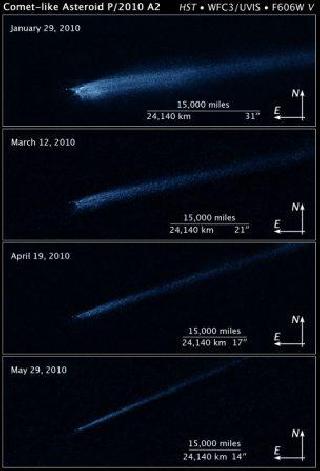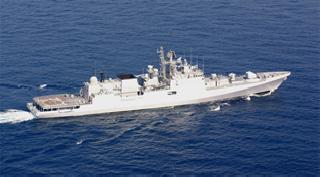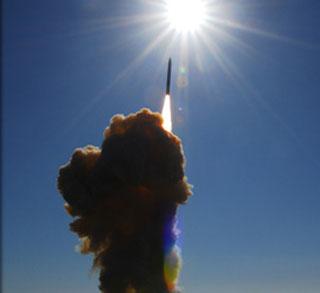
These four Hubble Space Telescope images, taken January to May 2010 with Wide Field Camera 3, show the odd-shaped debris that likely came from a collision between two asteroids. Illustration by: NASA, ESA, and Z. Levay (STScI) Science Credit: NASA, ESA, and D. Jewitt (UCLA)
WASHINGTON (AFP): NASA's Hubble space telescope has captured what scientists believe are the first images of a collision between two asteroids, the US space agency has said.
The images, taken from January to May with Hubble's Wide Field Camera 3, show a bizarre X-shaped object, the likes of which astronomers have never seen before, at the head of a comet-like trail of material.
Scientists have dubbed the object in the Hubble images P/2010 A2. It was found cruising around the asteroid belt, a reservoir of millions of rocky bodies between the orbits of Mars and Jupiter.
The 400-foot-wide object in the image is thought to be a remnant of a larger body that collided at about 17,700 kilometres per hour with a smaller rock that the scientists think measured 10 to 15 feet across.
The crash released an explosion with the force of a small atomic bomb and is believed by astronomer David Jewitt of the University of California, Los Angeles, to have happened in February or March 2009.
Until now, astronomers have relied on models to make predictions about the frequency of collisions in space and the amount of dust they produced.
"These observations are important because we need to know where the dust in the solar system comes from and how much of it comes from colliding asteroids as opposed to 'outgassing' comets," Jewitt said.
Asteroid crashes are relatively common -- Jewitt estimates that modest-sized asteroids smash into each other roughly once a year.
But Hubble has achieved yet another feat in its storied space-gazing life by catching this particular collision, which astronomers believe involved two asteroids that were so faint they were unknown before the crash.
The Lincoln Near-Earth Research (LINEAR) Program Sky Survey spotted the comet-like tail of P/2010 A2 in January 2010, before Hubble captured it.
But only Hubble's images discerned the X pattern, which astronomers say offers "unequivocal evidence that something stranger than a comet outgassing had occurred" but are at pains to explain.
It might suggest that the colliding asteroids were not symmetrical, meaning material that was ejected after the impact did not make an even pattern, NASA said.
Astronomers plan to observe P/2010 A2 next year using Hubble, to see how far the dust has been swept back by the Sun's radiation and how the mysterious X-shaped structure has evolved.
 Previous Article
Previous Article Next Article
Next Article













The Indian Air Force, in its flight trials evaluation report submitted before the Defence Ministry l..
view articleAn insight into the Medium Multi-Role Combat Aircraft competition...
view articleSky enthusiasts can now spot the International Space Station (ISS) commanded by Indian-American astr..
view article